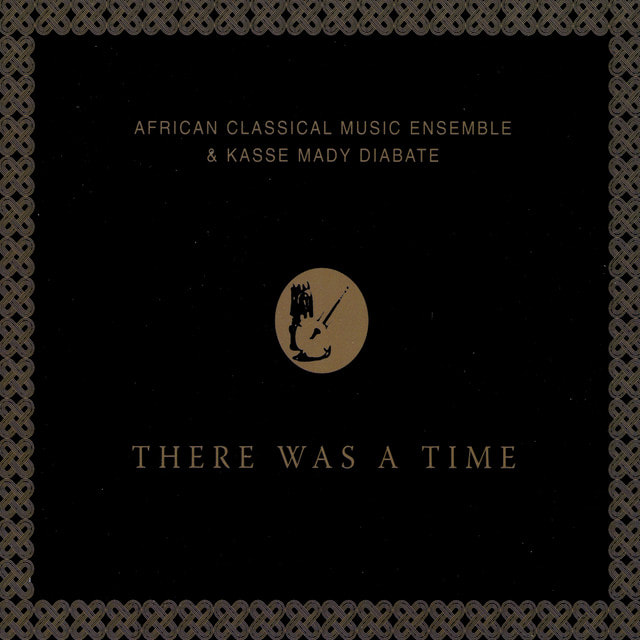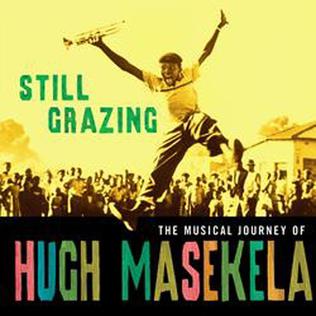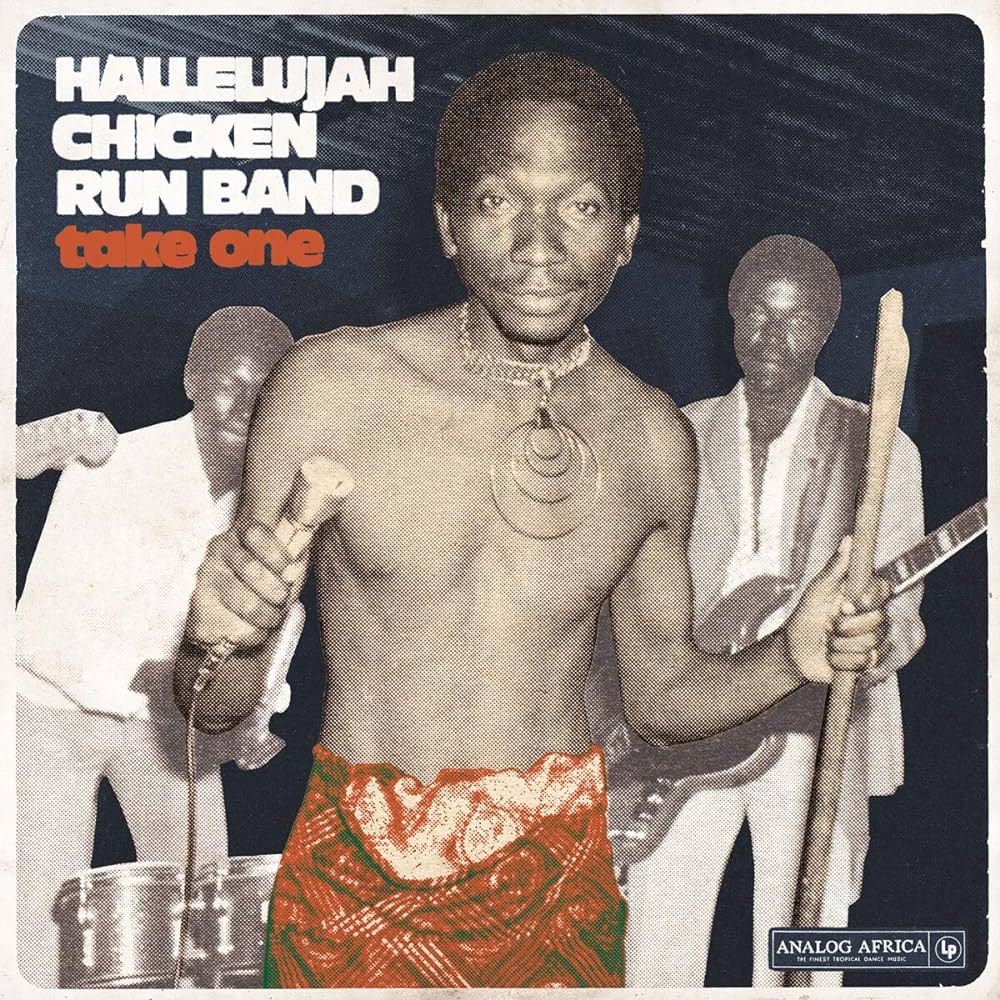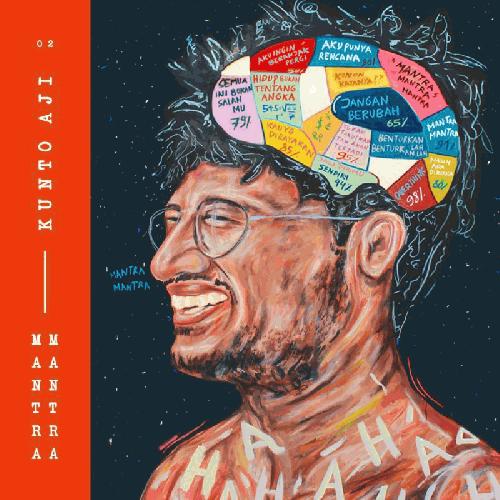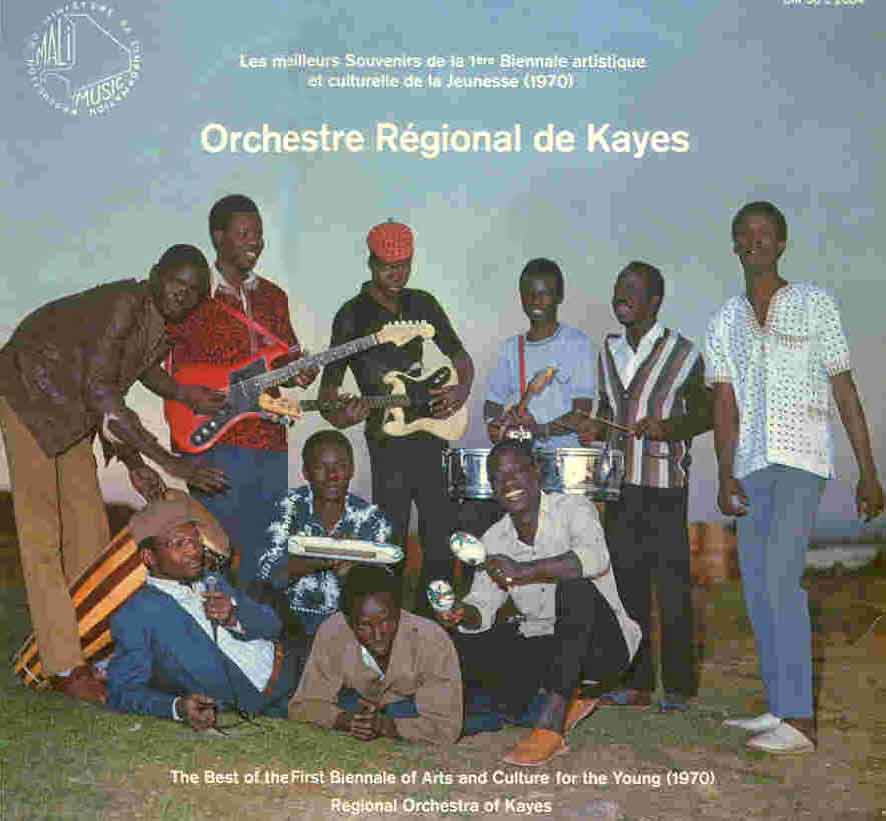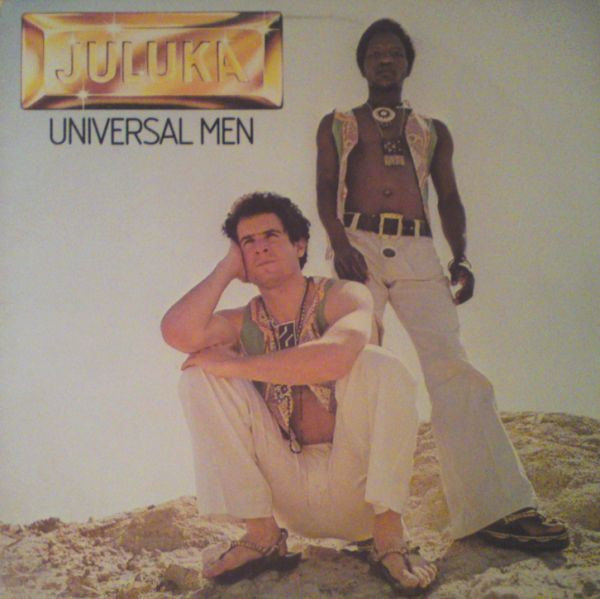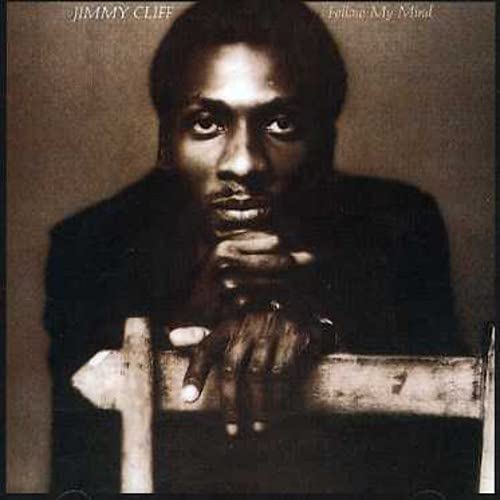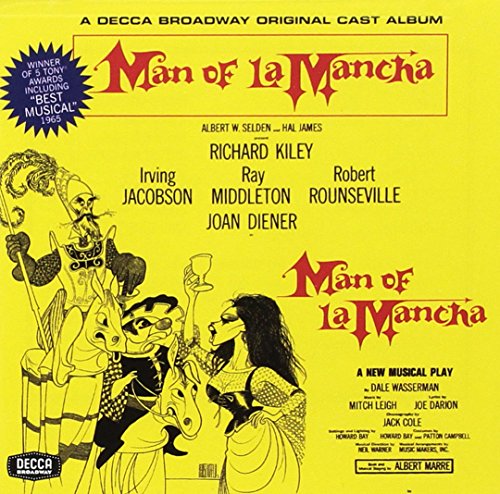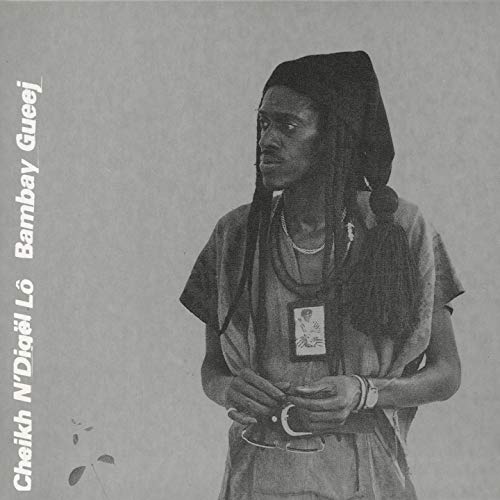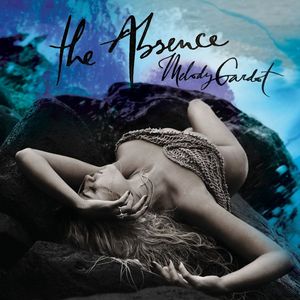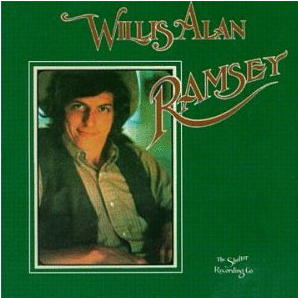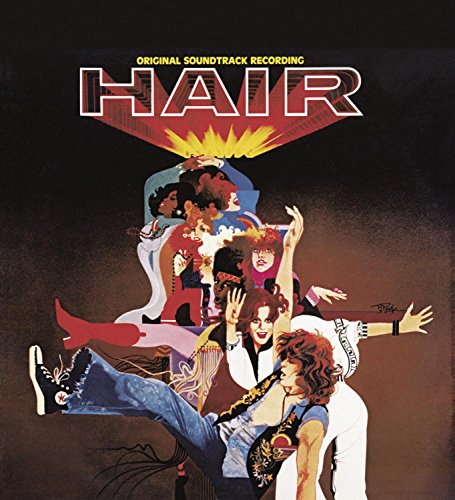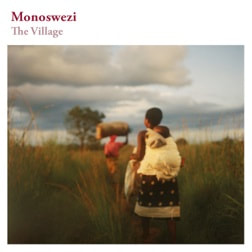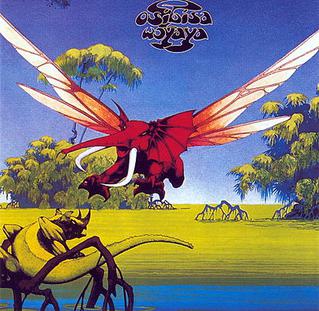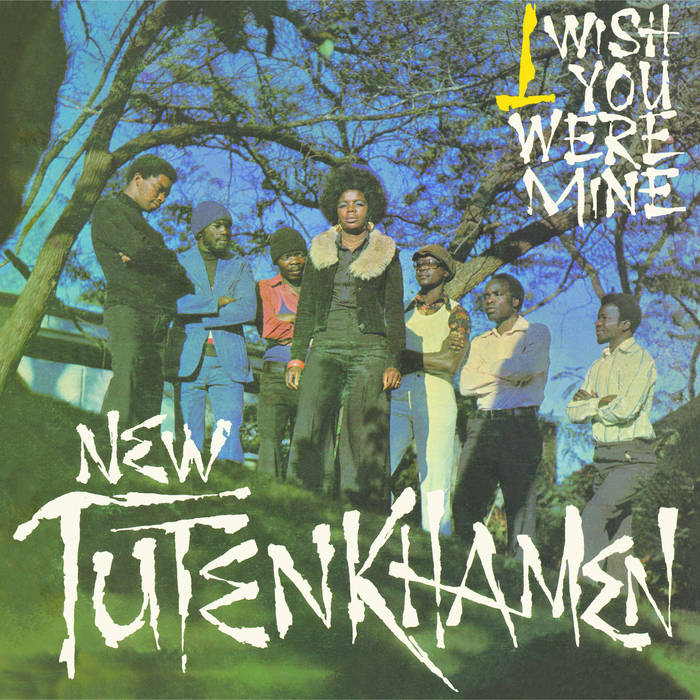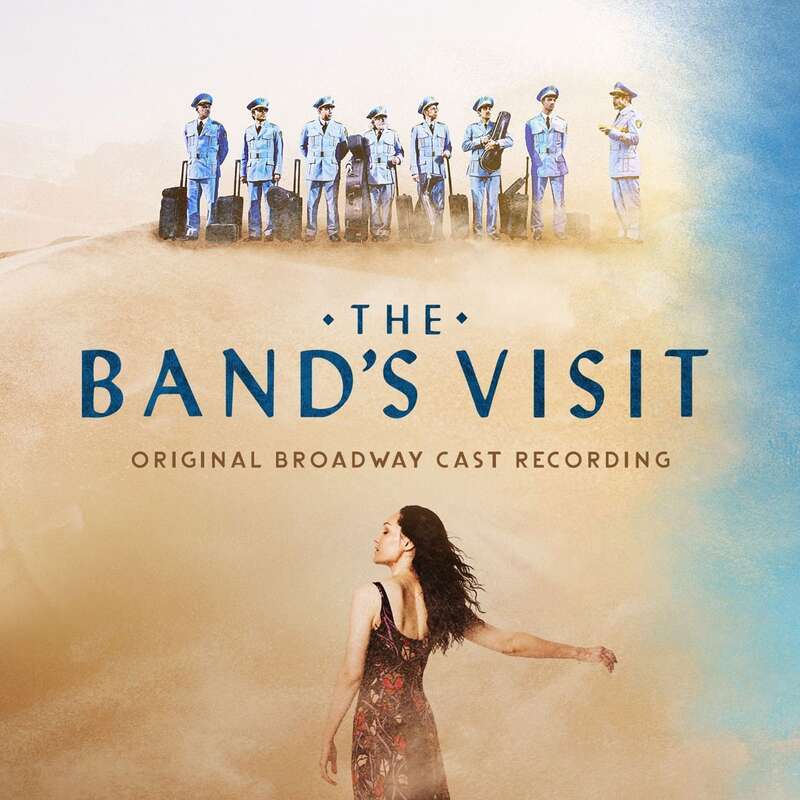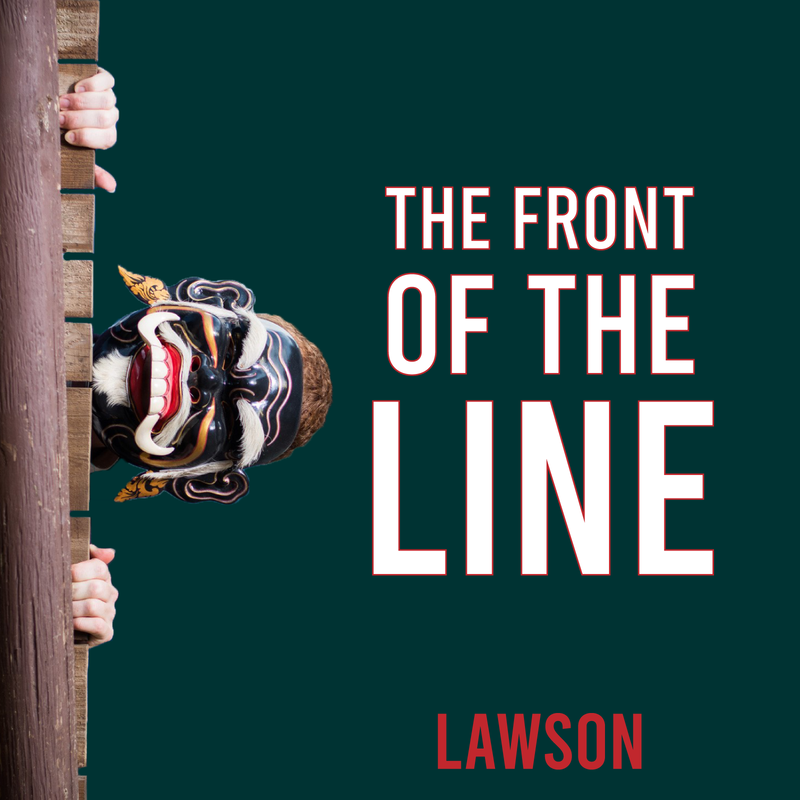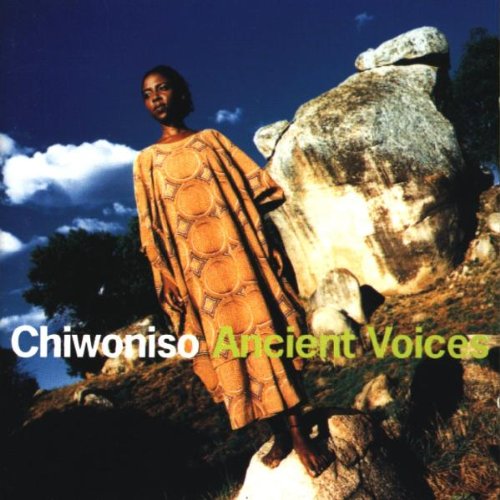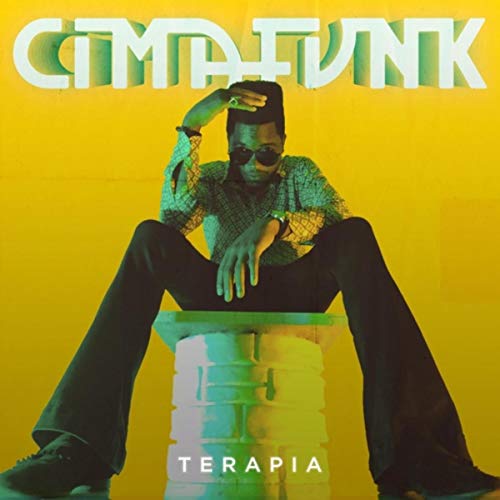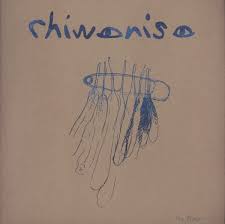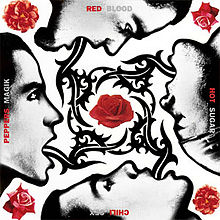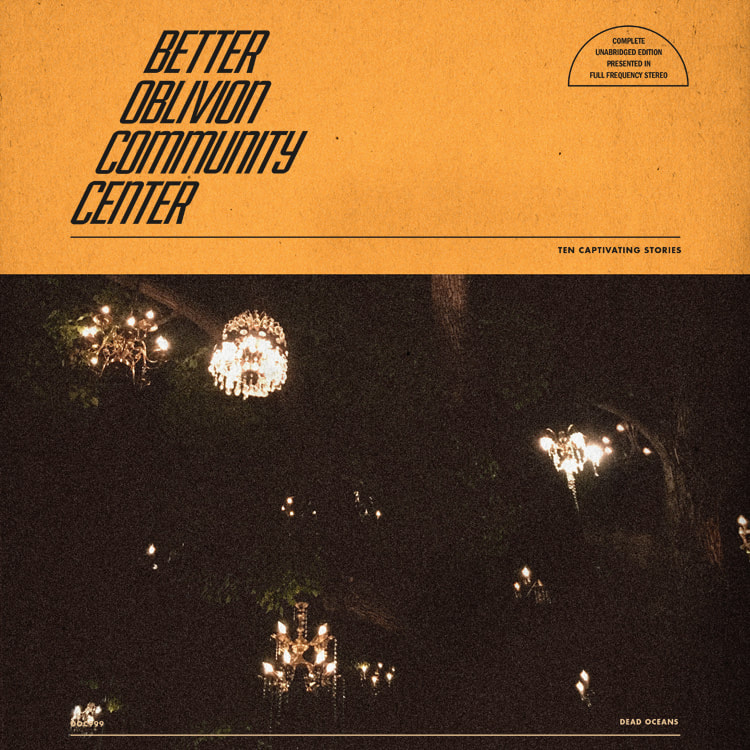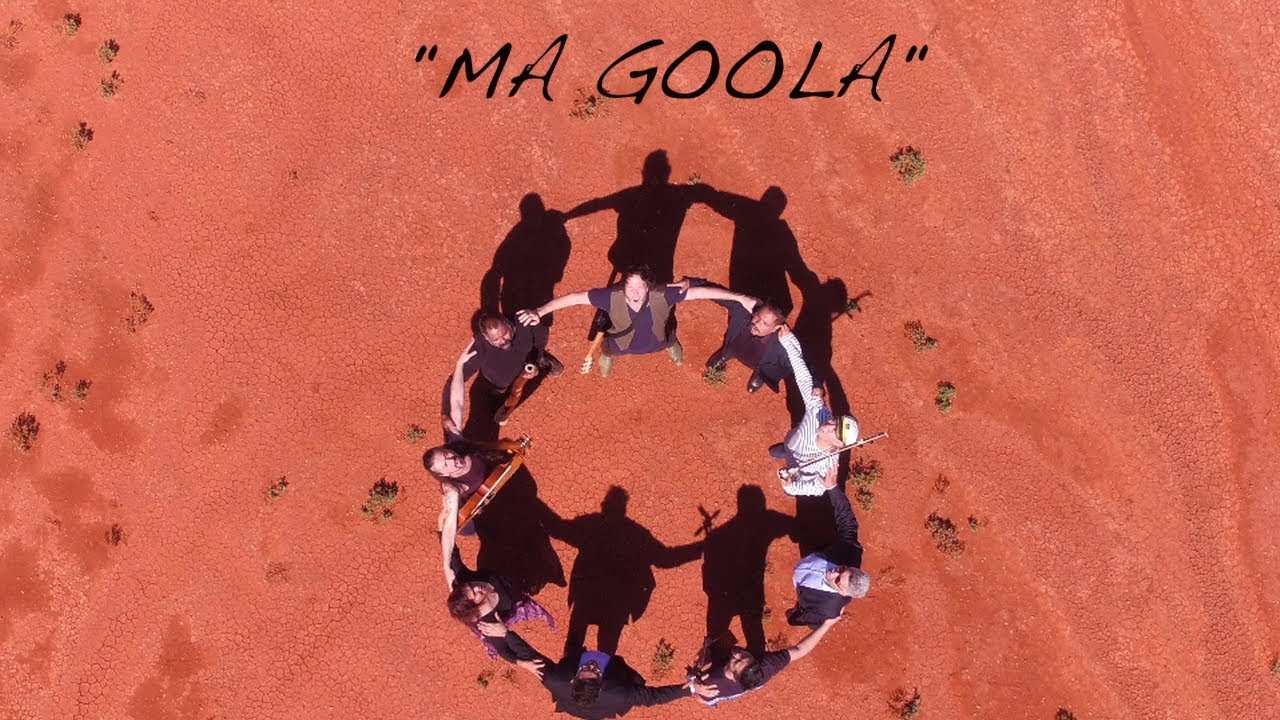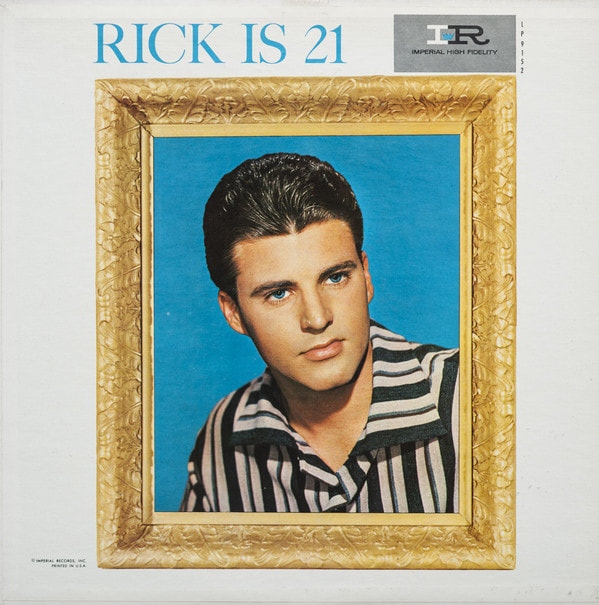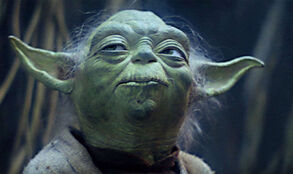
I will admit – I missed this message for a very long time as well. I looked at Star Wars as an action movie, with cool weapons and outfits and spaceships and planets &c. I took the events and the plot at face value. But that’s because I was only a little kid when I fell in love with Star Wars and I hadn’t learned to dig deeper and look for things below the surface. Truthfully, Star Wars is in a large part intended to be an action movie with all those cool things I mentioned. However, George Lucas and other members of the creative team also made a point to share through these films philosophical concepts from real-world religions and other traditions that they were fascinated by and wanted other people to understand. Unfortunately, there were a number of factors that confounded the general population’s ability to pick up on these lessons. One issue was that most people just aren’t in a mode of “deep thinking” when they walk into a theater. Another issue is the huge period of time (in the real world) over which the story was told. Between the release of the original Star Wars (later “Episode IV”) in 1977 and the premiere of the original finale (Episode III) in 2005, the Oval Office hosted Jimmy Carter, Ronald Reagan, George H.W. Bush, Bill Clinton, and George W. Bush. Star Wars began two years after the Vietnam War ended and was resolved four years after 9-11. There was a lot to think about outside of Star Wars in all that time. I would contend that while the large period of waiting between the original trilogy and the prequel trilogy helped ingrain Star Wars more deeply in the cultural consciousness of society than most popular artistic productions could dream of, it did make the big message that is the point of this opinion more forgettable. Both sides of this sword were compounded by the production of a sequel trilogy, which expanded the real-life timeline of the so-called “Skywalker Saga” to 42 years (shout-out to Douglas Adams). While I will readily be the first to dish on the plot and lines of these newer films, as well as the abject neglect of continuity by the producers, the sometimes painful repetitiveness, and the excessive cameos, I have to admit that these movies are the reasons I started looking deeper for the point of the whole thing. The repetitiveness of plot may have even contributed to this by turning my attention away from what I found to be a weak story and focusing not on the trees but on the forest, or rather, the force.
A short summary of Star Wars, taking everything at face value, could go like this: the Jedi are good guys, because they are kind and try to do the best thing to take care of everybody. They’re all about justice, they have happy-colored lightsabers, and we should like them. They have this prophesy that says [paraphrasing] “there will be a chosen one who will bring the Force back into balance.” They find Anakin, who they think could be this chosen one, and they bring him in and train him. (Note 1: They show a lot of reluctance about bringing him in, because he is too old to begin training according to their strict rules, and because no one is really sure he is actually the chosen one). Anakin grows up and is very gifted with the force, but is a typical teenager and has a rough time with discipline, probably in part because he started training so much later than other Jedi. Meanwhile there is a bad guy stirring up a plot to start a big war that he knows will weaken the Jedi as they are stretched thin across the galaxy and many die in battle (Note 2: Some Jedi, especially Yoda, acknowledge significant fear that they’re getting in over their heads). Eventually it turns out this guy is, in addition to bad, pretty smart, having become the leader of both sides of the war. He’s also manipulating Anakin through private conversations with him and by kindling his romance with Padmé, knowing it will help corrupt Anakin. (Note 3: This idea of “corruption” is based on the Jedi rule that dictates they can’t have romantic relationships). Eventually the war and the relationship both get out of control. The Jedi realize what’s going on but they’re too late, because Anakin has strayed too far to the Dark Side (Note 4: He has strayed too far from their idea of what the proper path is). The bad guy (Palpatine) and Anakin kill a lot of Jedi, kill the leaders from the “other side” of the war, and bring “peace” to the galaxy by ending the great conflict. The Prophesy seems to have been wrong, or have been screwed up because the bad guy was just too bad and too smart. But Anakin has kids, and these kids grow string in secret. After twenty years they come out and fight back against Palpatine and Anakin (who they know only as Darth Vader). Eventually, the kids find out that Darth Vader is Anakin, and is their father. One of the kids, Luke, gets some Jedi training from a pair of survivors and challenges Darth Vader to remember who he is, remember what it is like to love. He dares him to come back from the furthest edges of the Dark Side and in a climactic moment, Darth Vader becomes Anakin again and kills the bad guy, now known as Emperor Palpatine. (Note 5: We could stop here to analyze “the message that everyone missed” and it would be the same as if we went on through the next three and then looked back – to achieve a non-exclusive analysis, I will continue on to the sequel trilogy). Then Luke, the big hero kid, tries to bring back the Jedi. He teaches his sister, Leia, as well as a group of younger people including Leia’s son. Unfortunately, Palpatine actually survived Anakin’s big return moment and is controlling an evil organization from behind-the-scenes. He corrupts Leia’s son (see Note 3) and Luke’s movement collapses as the son (Ben, or Kylo Ren) joins the bad guys. Palpatine’s granddaughter (Rey) wakes up to the universe after going through her youth as an orphan and she begins to adventure around the galaxy. She is encouraged to seek out Luke and finds that he thinks himself a failure. After some coercion, she convinces him to give her some training. She becomes talented in the Force and Luke decides he needs to destroy the history of the Jedi. Rey goes out to destroy her grandfather (who she does not know is a blood relative) and in the process, helps redeem Kylo Ren, who dies. Rey kills Palpatine and his Sith Chorus, and the Skywalker saga ends.
In this reading, the prophesy seems to be an abject failure. As Obi-Wan Kenobi says to Anakin in Episode III, “You were the Chosen One. You were meant to destroy the Sith, not join them.” And then even when we think that Anakin ended up destroying the Sith, Palpatine is still alive. It is not even a Skywalker descendent (Kylo/Ben) who kills Palpatine – it is his own granddaughter. The significance of Anakin Skywalker in the Skywalker saga is unclear. Luke’s regret and his turning against the concept of Jedi doesn’t make sense. It all kind of seems like a jumbled mess. How do we make sense of it? We need to go back and start with the prophecy.
The Chosen One will bring balance to the Force. He will destroy the Sith. Are those really the same thing? George Lucas has called himself a “Buddhist Methodist” and was a big fan of Eastern Philosophies. You see a lot of that in the Jedi, the Sith, and the Force. The Force itself is like the concept of qi. The Jedi make a lot of Yoga poses. The Light Side and the Dark Side parallels yin and yang. Missing from these philosophies is the idea that Good will triumph over Bad and then Bad will go away. These philosophies are built in part on the fundamental understanding that there is always tension, always conflict, between good and evil. If this understanding is applied to Star Wars and “the Prophecy”, the Chosen One who brings balance to the Force would not eliminate the Dark Side, but bring a balance of power to the Light and the Dark. And this is exactly what he does when he helps to destroy the Jedi Order, who had dominated the Force for a thousand years. Then the Force is thrown out of balance when the Sith rapidly take control of the galaxy, and Anakin brings balance one more time by turning on Palpatine. While Palpatine does not die, his empire falls and is replaced by a New Republic. (This is the first-six-only analysis I mentioned in Note 5). When Anakin dies, the Force is pretty well in balance. Neither the Light Side nor the Dark Side of the Force is a dominant power in the universe. But then Luke’s great mistake that causes him so much regret in the sequel trilogy is trying to bring back the Jedi as they were before the Empire. He didn’t learn from history and understand that the Jedi’s approach truly was narrow-minded, had contributed significantly to the imbalance in the Force, and brought about their ultimate downfall. People always say Star Wars parallels the ancient Greek “Hero’s Journey” trope. It is fitting that the story also includes such a fine example of hubris as the Jedi. The whole Skywalker Saga finally concludes when the Force finally is brought into balance with the destruction of the great Sith power in Palpatine and the choice by Luke and Yoda to allow the Jedi order to be put to rest.
There is a lot on the internet about how the Jedi Order will live on through Rey. This is not correct - the Jedi Order is done. Yes, Rey does secret away the books from the OG Jedi temple before Yoda sets it alight. But a collection of books is not a library. The maintenance of the wisdom of the Jedi does not mean that the order will continue. Their knowledge will be built upon as Rey and others after her grow in their understanding of the force. They will benefit from the knowledge of the Jedi’s successes, as well as their failings and the strengths of the Sith. The real-world thoughtful person Brett Weinstein has talked at length about research he did into Adolf Hitler that led him to a fearful conclusion. He tells that Hitler was not insane, but a very intelligent and logical person who developed terrible, murderous ideas over many years under stressful economic, social, geopolitical, and emotional conditions. Jordan Peterson has postulated that emotions, habits, and feelings that are natural to someone and are forcefully suppressed for a long time “come back with a vengeance” later. Together they argue for the importance of every person recognizing that they have within them a great capacity for evil, and that it is their choice, not their nature, to do good. This is the arrogance of the Jedi of which Yoda speaks. Their belief that they are purely good. Their absolute denouncement of the Dark Side and anything adjacent to it. Their commitment to celibacy is an example with a sad parallel in real life. As the Catholic Church does with its priests, the Jedi Order denies the humanity (in the spiritual sense) of its members. They are expected to be something they were not biologically built to be, and it leads to tragedy. What was natural and was suppressed came back with a vengeance. This is why the Jedi Order needed to be allowed to pass into memory - the conclusion of Luke’s storyline in the sequel trilogy. And that is essentially the big message that everyone missed.
Trusting in an order, in an institution, or in a philosophy requires nuance. To believe something is entirely pure or entirely bad is always a mistake. Obi-Wan says so himself, just before his final battle with his old friend, and his first with Darth Vader: “Only a Sith deals in absolutes.” In the real world today, many people are making the mistake of affording absolute trust to their political parties or their governments. Or conversely, they give the same level of hate to those on the other side. Never has a red hat with four words been a signal that the wearer is certain to be racist, transphobic, uneducated, and white. Never has everyone in the Democratic party been elite, highly intellectual, and corrupt. It surely follows that these are not truths even now, but absolutes like these abound in the media large and small, corporate and social. Anakin said, “If you’re not with me, then you’re my enemy,” and now people feel that all the time. If you don’t like Trump, you can’t be Republican, and if you don’t like Socialism, you can’t be Democrat. Anti-Semitism and white supremacy are on the rise, resulting in terribly confused people doing taking the lives of innocent, fellow humans. Cancel Culture is silencing opinions on the left that don’t conform while many of its adherents participate in a social-pressure campaign to compel the use of new, “safer” words (see: Newspeak, 1984).
Star Wars shows us where this will lead - to the downfall of both extremes and the survival of the center. We can only hope that the tension does not build into as much conflict as it did in Star Wars, otherwise we are headed for some very dark times. In the Clone Wars TV series, Yoda is shown visions of the future - the downfall of the Jedi. He hopes that it will not come true, while accepting that what is done cannot be undone, and things already set in motion cannot be halted. After the birth of the Empire, he and Obi-wan retreat, patiently waiting for their opportunity to help as the galaxy enters one of the darkest chapters of its history. Their opportunity does arrive, and they do their part. It often feels like we are experiencing the worst that time has to offer here on Earth. But we’ve faced challenges before. Like the Force, humans continue to survive. It is the struggle that gives us our strength. And a worldview without nuance is one without struggle. As history moves along and we pass through our struggles, we will suffer. But whenever you suffer, listen to the birds singing in the trees - they’re still there, for now. If one day they, too, are gone - feel the texture of the rocks on your feet. If you cannot feel, smell the air, hear the planes echoing through the sky overhead. If you have no senses, rejoice in that you can still journey within your mind. Then you will be one with the Force. You may not be the Chosen One who will bring balance to the world. But you are part of that balance regardless. We each play a role, we each contribute. Our different roles and different backgrounds will lead us to disagreement, but we cannot fall into the trap of thinking that tension and conflict must be eliminated. Tension and conflict are the telltale signs of balance. There is no movement in a seesaw with only one rider, and there is no purpose in riding alone. The Jedi, and the Sith, wanted to ride the Force alone. Now they are BOTH gone. That, is the missed message of Star Wars.
2 February 2020
Lower Greenville
Dallas, TX
A short summary of Star Wars, taking everything at face value, could go like this: the Jedi are good guys, because they are kind and try to do the best thing to take care of everybody. They’re all about justice, they have happy-colored lightsabers, and we should like them. They have this prophesy that says [paraphrasing] “there will be a chosen one who will bring the Force back into balance.” They find Anakin, who they think could be this chosen one, and they bring him in and train him. (Note 1: They show a lot of reluctance about bringing him in, because he is too old to begin training according to their strict rules, and because no one is really sure he is actually the chosen one). Anakin grows up and is very gifted with the force, but is a typical teenager and has a rough time with discipline, probably in part because he started training so much later than other Jedi. Meanwhile there is a bad guy stirring up a plot to start a big war that he knows will weaken the Jedi as they are stretched thin across the galaxy and many die in battle (Note 2: Some Jedi, especially Yoda, acknowledge significant fear that they’re getting in over their heads). Eventually it turns out this guy is, in addition to bad, pretty smart, having become the leader of both sides of the war. He’s also manipulating Anakin through private conversations with him and by kindling his romance with Padmé, knowing it will help corrupt Anakin. (Note 3: This idea of “corruption” is based on the Jedi rule that dictates they can’t have romantic relationships). Eventually the war and the relationship both get out of control. The Jedi realize what’s going on but they’re too late, because Anakin has strayed too far to the Dark Side (Note 4: He has strayed too far from their idea of what the proper path is). The bad guy (Palpatine) and Anakin kill a lot of Jedi, kill the leaders from the “other side” of the war, and bring “peace” to the galaxy by ending the great conflict. The Prophesy seems to have been wrong, or have been screwed up because the bad guy was just too bad and too smart. But Anakin has kids, and these kids grow string in secret. After twenty years they come out and fight back against Palpatine and Anakin (who they know only as Darth Vader). Eventually, the kids find out that Darth Vader is Anakin, and is their father. One of the kids, Luke, gets some Jedi training from a pair of survivors and challenges Darth Vader to remember who he is, remember what it is like to love. He dares him to come back from the furthest edges of the Dark Side and in a climactic moment, Darth Vader becomes Anakin again and kills the bad guy, now known as Emperor Palpatine. (Note 5: We could stop here to analyze “the message that everyone missed” and it would be the same as if we went on through the next three and then looked back – to achieve a non-exclusive analysis, I will continue on to the sequel trilogy). Then Luke, the big hero kid, tries to bring back the Jedi. He teaches his sister, Leia, as well as a group of younger people including Leia’s son. Unfortunately, Palpatine actually survived Anakin’s big return moment and is controlling an evil organization from behind-the-scenes. He corrupts Leia’s son (see Note 3) and Luke’s movement collapses as the son (Ben, or Kylo Ren) joins the bad guys. Palpatine’s granddaughter (Rey) wakes up to the universe after going through her youth as an orphan and she begins to adventure around the galaxy. She is encouraged to seek out Luke and finds that he thinks himself a failure. After some coercion, she convinces him to give her some training. She becomes talented in the Force and Luke decides he needs to destroy the history of the Jedi. Rey goes out to destroy her grandfather (who she does not know is a blood relative) and in the process, helps redeem Kylo Ren, who dies. Rey kills Palpatine and his Sith Chorus, and the Skywalker saga ends.
In this reading, the prophesy seems to be an abject failure. As Obi-Wan Kenobi says to Anakin in Episode III, “You were the Chosen One. You were meant to destroy the Sith, not join them.” And then even when we think that Anakin ended up destroying the Sith, Palpatine is still alive. It is not even a Skywalker descendent (Kylo/Ben) who kills Palpatine – it is his own granddaughter. The significance of Anakin Skywalker in the Skywalker saga is unclear. Luke’s regret and his turning against the concept of Jedi doesn’t make sense. It all kind of seems like a jumbled mess. How do we make sense of it? We need to go back and start with the prophecy.
The Chosen One will bring balance to the Force. He will destroy the Sith. Are those really the same thing? George Lucas has called himself a “Buddhist Methodist” and was a big fan of Eastern Philosophies. You see a lot of that in the Jedi, the Sith, and the Force. The Force itself is like the concept of qi. The Jedi make a lot of Yoga poses. The Light Side and the Dark Side parallels yin and yang. Missing from these philosophies is the idea that Good will triumph over Bad and then Bad will go away. These philosophies are built in part on the fundamental understanding that there is always tension, always conflict, between good and evil. If this understanding is applied to Star Wars and “the Prophecy”, the Chosen One who brings balance to the Force would not eliminate the Dark Side, but bring a balance of power to the Light and the Dark. And this is exactly what he does when he helps to destroy the Jedi Order, who had dominated the Force for a thousand years. Then the Force is thrown out of balance when the Sith rapidly take control of the galaxy, and Anakin brings balance one more time by turning on Palpatine. While Palpatine does not die, his empire falls and is replaced by a New Republic. (This is the first-six-only analysis I mentioned in Note 5). When Anakin dies, the Force is pretty well in balance. Neither the Light Side nor the Dark Side of the Force is a dominant power in the universe. But then Luke’s great mistake that causes him so much regret in the sequel trilogy is trying to bring back the Jedi as they were before the Empire. He didn’t learn from history and understand that the Jedi’s approach truly was narrow-minded, had contributed significantly to the imbalance in the Force, and brought about their ultimate downfall. People always say Star Wars parallels the ancient Greek “Hero’s Journey” trope. It is fitting that the story also includes such a fine example of hubris as the Jedi. The whole Skywalker Saga finally concludes when the Force finally is brought into balance with the destruction of the great Sith power in Palpatine and the choice by Luke and Yoda to allow the Jedi order to be put to rest.
There is a lot on the internet about how the Jedi Order will live on through Rey. This is not correct - the Jedi Order is done. Yes, Rey does secret away the books from the OG Jedi temple before Yoda sets it alight. But a collection of books is not a library. The maintenance of the wisdom of the Jedi does not mean that the order will continue. Their knowledge will be built upon as Rey and others after her grow in their understanding of the force. They will benefit from the knowledge of the Jedi’s successes, as well as their failings and the strengths of the Sith. The real-world thoughtful person Brett Weinstein has talked at length about research he did into Adolf Hitler that led him to a fearful conclusion. He tells that Hitler was not insane, but a very intelligent and logical person who developed terrible, murderous ideas over many years under stressful economic, social, geopolitical, and emotional conditions. Jordan Peterson has postulated that emotions, habits, and feelings that are natural to someone and are forcefully suppressed for a long time “come back with a vengeance” later. Together they argue for the importance of every person recognizing that they have within them a great capacity for evil, and that it is their choice, not their nature, to do good. This is the arrogance of the Jedi of which Yoda speaks. Their belief that they are purely good. Their absolute denouncement of the Dark Side and anything adjacent to it. Their commitment to celibacy is an example with a sad parallel in real life. As the Catholic Church does with its priests, the Jedi Order denies the humanity (in the spiritual sense) of its members. They are expected to be something they were not biologically built to be, and it leads to tragedy. What was natural and was suppressed came back with a vengeance. This is why the Jedi Order needed to be allowed to pass into memory - the conclusion of Luke’s storyline in the sequel trilogy. And that is essentially the big message that everyone missed.
Trusting in an order, in an institution, or in a philosophy requires nuance. To believe something is entirely pure or entirely bad is always a mistake. Obi-Wan says so himself, just before his final battle with his old friend, and his first with Darth Vader: “Only a Sith deals in absolutes.” In the real world today, many people are making the mistake of affording absolute trust to their political parties or their governments. Or conversely, they give the same level of hate to those on the other side. Never has a red hat with four words been a signal that the wearer is certain to be racist, transphobic, uneducated, and white. Never has everyone in the Democratic party been elite, highly intellectual, and corrupt. It surely follows that these are not truths even now, but absolutes like these abound in the media large and small, corporate and social. Anakin said, “If you’re not with me, then you’re my enemy,” and now people feel that all the time. If you don’t like Trump, you can’t be Republican, and if you don’t like Socialism, you can’t be Democrat. Anti-Semitism and white supremacy are on the rise, resulting in terribly confused people doing taking the lives of innocent, fellow humans. Cancel Culture is silencing opinions on the left that don’t conform while many of its adherents participate in a social-pressure campaign to compel the use of new, “safer” words (see: Newspeak, 1984).
Star Wars shows us where this will lead - to the downfall of both extremes and the survival of the center. We can only hope that the tension does not build into as much conflict as it did in Star Wars, otherwise we are headed for some very dark times. In the Clone Wars TV series, Yoda is shown visions of the future - the downfall of the Jedi. He hopes that it will not come true, while accepting that what is done cannot be undone, and things already set in motion cannot be halted. After the birth of the Empire, he and Obi-wan retreat, patiently waiting for their opportunity to help as the galaxy enters one of the darkest chapters of its history. Their opportunity does arrive, and they do their part. It often feels like we are experiencing the worst that time has to offer here on Earth. But we’ve faced challenges before. Like the Force, humans continue to survive. It is the struggle that gives us our strength. And a worldview without nuance is one without struggle. As history moves along and we pass through our struggles, we will suffer. But whenever you suffer, listen to the birds singing in the trees - they’re still there, for now. If one day they, too, are gone - feel the texture of the rocks on your feet. If you cannot feel, smell the air, hear the planes echoing through the sky overhead. If you have no senses, rejoice in that you can still journey within your mind. Then you will be one with the Force. You may not be the Chosen One who will bring balance to the world. But you are part of that balance regardless. We each play a role, we each contribute. Our different roles and different backgrounds will lead us to disagreement, but we cannot fall into the trap of thinking that tension and conflict must be eliminated. Tension and conflict are the telltale signs of balance. There is no movement in a seesaw with only one rider, and there is no purpose in riding alone. The Jedi, and the Sith, wanted to ride the Force alone. Now they are BOTH gone. That, is the missed message of Star Wars.
2 February 2020
Lower Greenville
Dallas, TX
